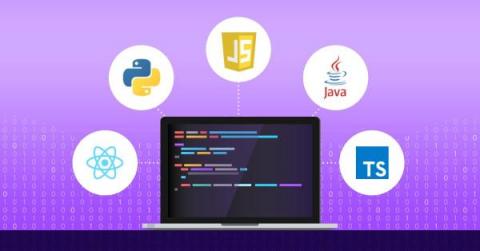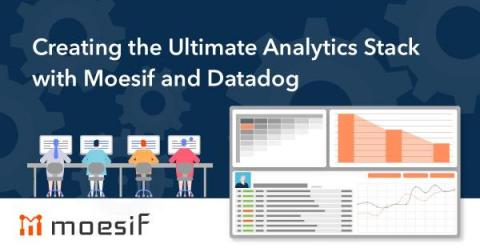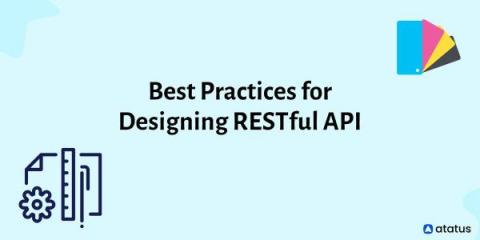The Developer Playground now supports REST API
One of the best features in ThoughtSpot Everywhere is the Developer Playground. The Playground lets frontend Developers visually configure elements and generate JavaScript code to add into your web app. It is an amazing tool for testing and iterating configuration options before adding final elements such as Search, Liveboards, and visualizations into your web app. But what about a backend Developer who might be building solutions that utilize the Platform’s APIs?











